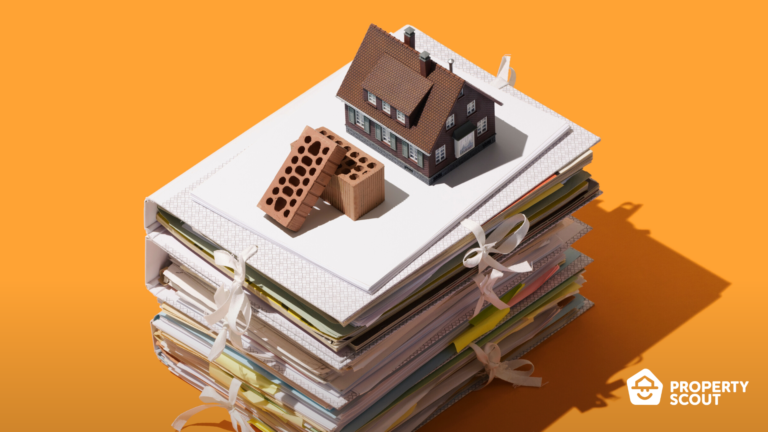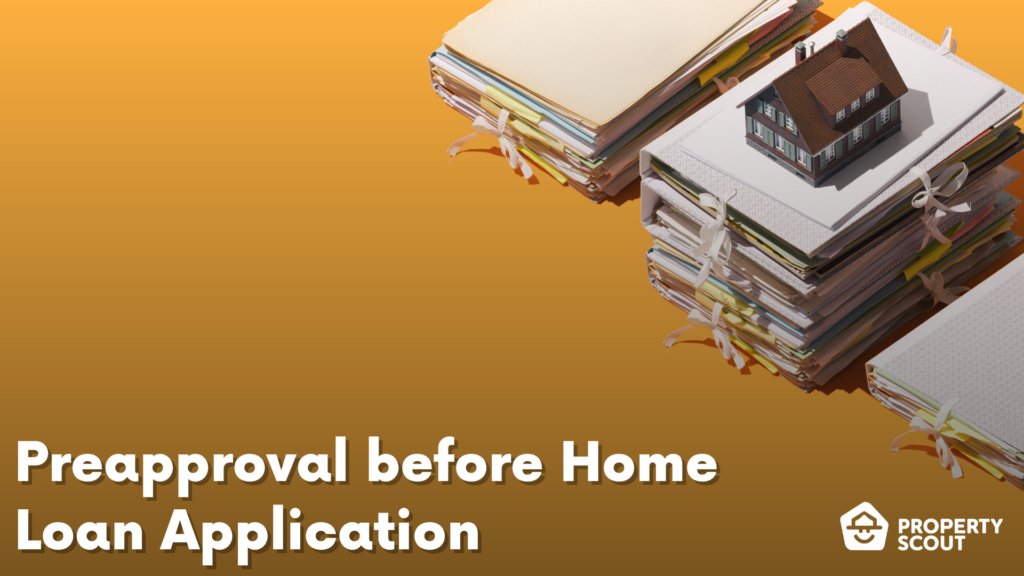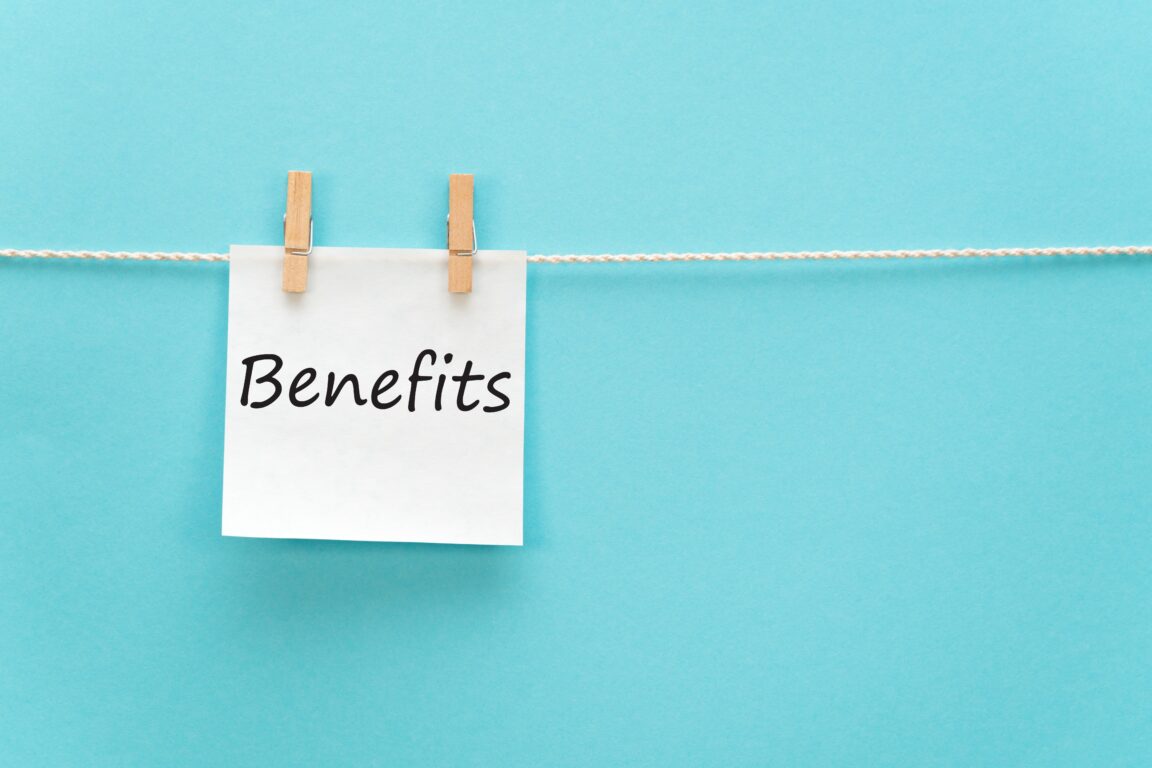The Benefits of Getting Preapproval before a Home Loan Application


Welcome to the world of homeownership, where dreams come to life and memories are made. But before you embark on this exciting journey, there's an essential step that can make all the difference: getting preapproved for your home loan. Preapproval is like the golden ticket that opens doors to a seamless and successful home buying experience. It not only gives you a clear picture of your purchasing power but also showcases your seriousness as a buyer to sellers. In this blog post, we will explore the myriad benefits of preapproval and how it can help you navigate the competitive real estate market with confidence and ease. So, buckle up and get ready to discover why preapproval is your secret weapon on the path to homeownership.

What is Preapproval

Preapproval, or preliminary mortgage assessment, evaluates your financial status and repayment capability based on income, expenses, and creditworthiness. It provides crucial information for homebuyers before making commitments, helping them understand their purchasing power. Preapproval should be obtained before property reservation or down payment, reducing the risk of losing deposits if the loan application is unsuccessful. With a successful preapproval, buyers gain confidence in their loan eligibility, making informed decisions about reserving or purchasing a home.
How does preapproval differ from an actual loan application?

Preapproval is almost identical to an actual loan application process. It involves communicating with the bank and submitting various documents for evaluation, all without incurring any fees. However, it's important to note that the results of preapproval may vary from the actual loan application outcome. Most banks typically keep the preapproval valid for around three months. When applying for an actual loan, additional supporting documents may be required, although some banks may accept the same documentation submitted during preapproval, with the addition of a payment fee assessment slip. This streamlined process makes the actual loan application much more convenient.
Details

Preapproval Price
The price used for evaluation during preapproval is the stated purchase price of the property provided by the applicant. However, during the actual loan application, the bank considers the actual purchase price (market value) along with clear and specific information about the property or condominium. The bank utilizes this information to calculate an appraisal value for further assessment during the loan application process.
Preapproval Fees & Expenses
There are no associated costs or fees during the preapproval process. However, there may be fees involved when applying for the actual loan, unless the bank has promotional offers that waive those fees.
Preapproval Period
No longer than 5 days.
Preapproval Documents

- Copy of ID card
- Copy of house registration
- Copy of bank statement (past 6 months)
- Copy of Payslip (for employees)
- Copy of tax deduction certificate for the past 6 months and latest year's tax payment evidence (for freelancers)
- Loan application form from the bank
- Consent form for the bank to conduct a credit bureau check
However, if the preapproval is successful and you wish to proceed with an actual loan application, the bank will require similar documents to those used during the preapproval process, with additional documents depending on the specific bank's requirements and conditions. These additional documents may include the purchase and sale agreement, property maps for houses or condominiums, and potentially other supplementary documents.
The benefits

It helps determine if you are eligible for a home loan within this approximate loan amount, allowing you to make more informed decisions regarding purchasing, loan application, and choosing a bank to apply for the loan. It protects you from potential losses due to breaching a purchase and sale agreement in case the loan application is not approved. It safeguards your credit history and opportunities for future loan applications since a declined loan application may require a waiting period of 1-2 years before reapplying.
Even if the preapproval is unsuccessful, it provides insights for the applicant to identify areas for improvement to enhance debt repayment capability. For example, if the repayment ability is insufficient, it can be addressed by increasing the down payment to reduce the loan amount applied for or finding a co-borrower. If there is a bad credit record, it is advisable to wait for at least 2 years before applying for a loan and, during this period, diligently repay credit card debts and other loans to build a positive credit history.
However, the results obtained from a preapproval, such as the loan amount and monthly installment, may sometimes differ from the actual loan application results. Additionally, there may be cases where the preapproval is not successful, but the bank approves the loan. It depends on additional factors and considerations, such as the clarity of income sources and the assessed value of the property to be purchased.
Conclusion
In summary, applying for preapproval is a helpful way to assess preparation for a home loan and determine which bank to approach. The primary factors that contribute to loan approval are assets and appropriate financial management abilities, ensuring that the bank is confident in the borrower's ability to repay the loan without issues. Furthermore, preapproval facilitates easier decision-making, allowing for the selection of a suitable-priced home and preliminary assessment of repayment capabilities, empowering negotiations with different projects. It also streamlines the actual loan application process, avoiding the potential loss of both money and time that could occur if one applies for a loan directly without preapproval. Overall, preapproval is a crucial step that helps avoid financial setbacks and preserves a good loan application record.
Find your ideal property, available for sale or rent in the best prices possible, or list your property for sale or rent here. Alternatively, if you have any further questions, please get in touch with us:



